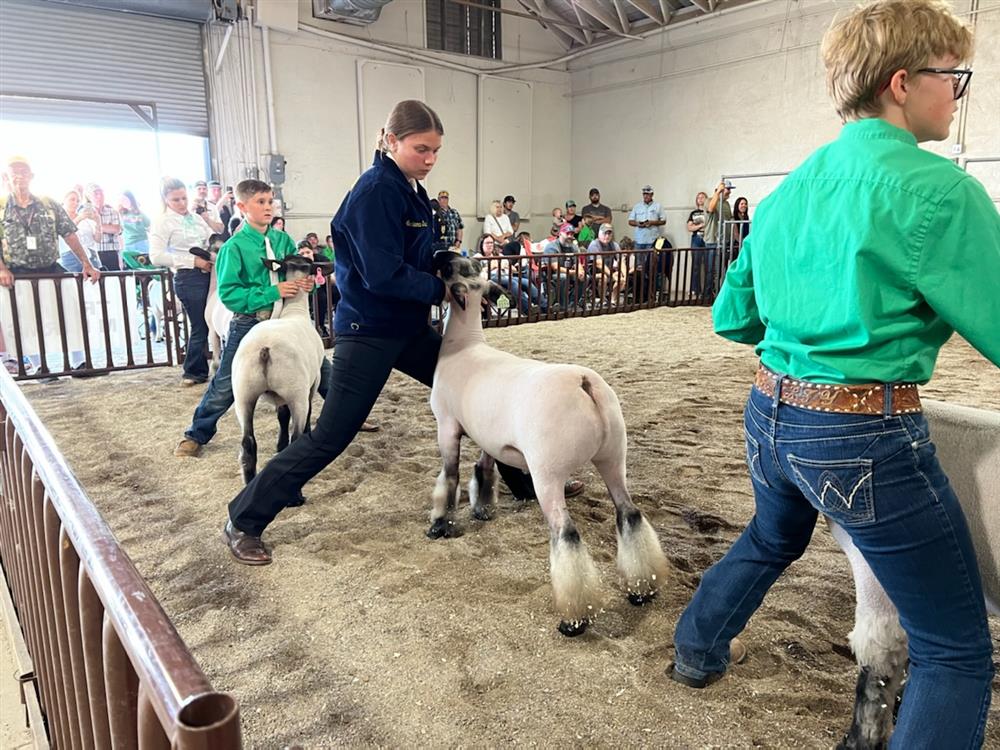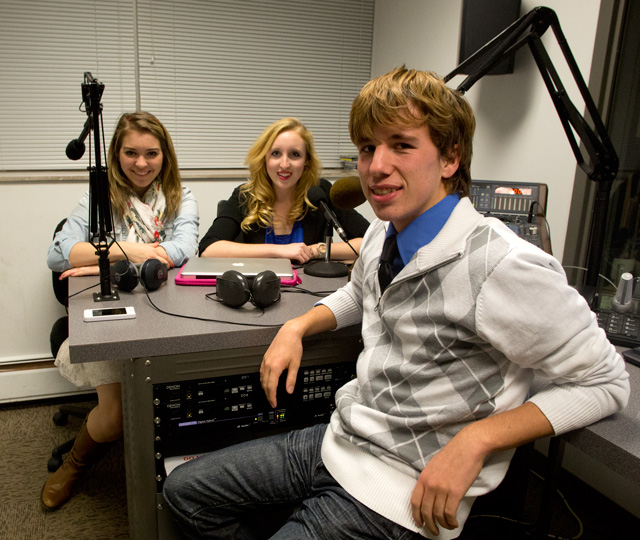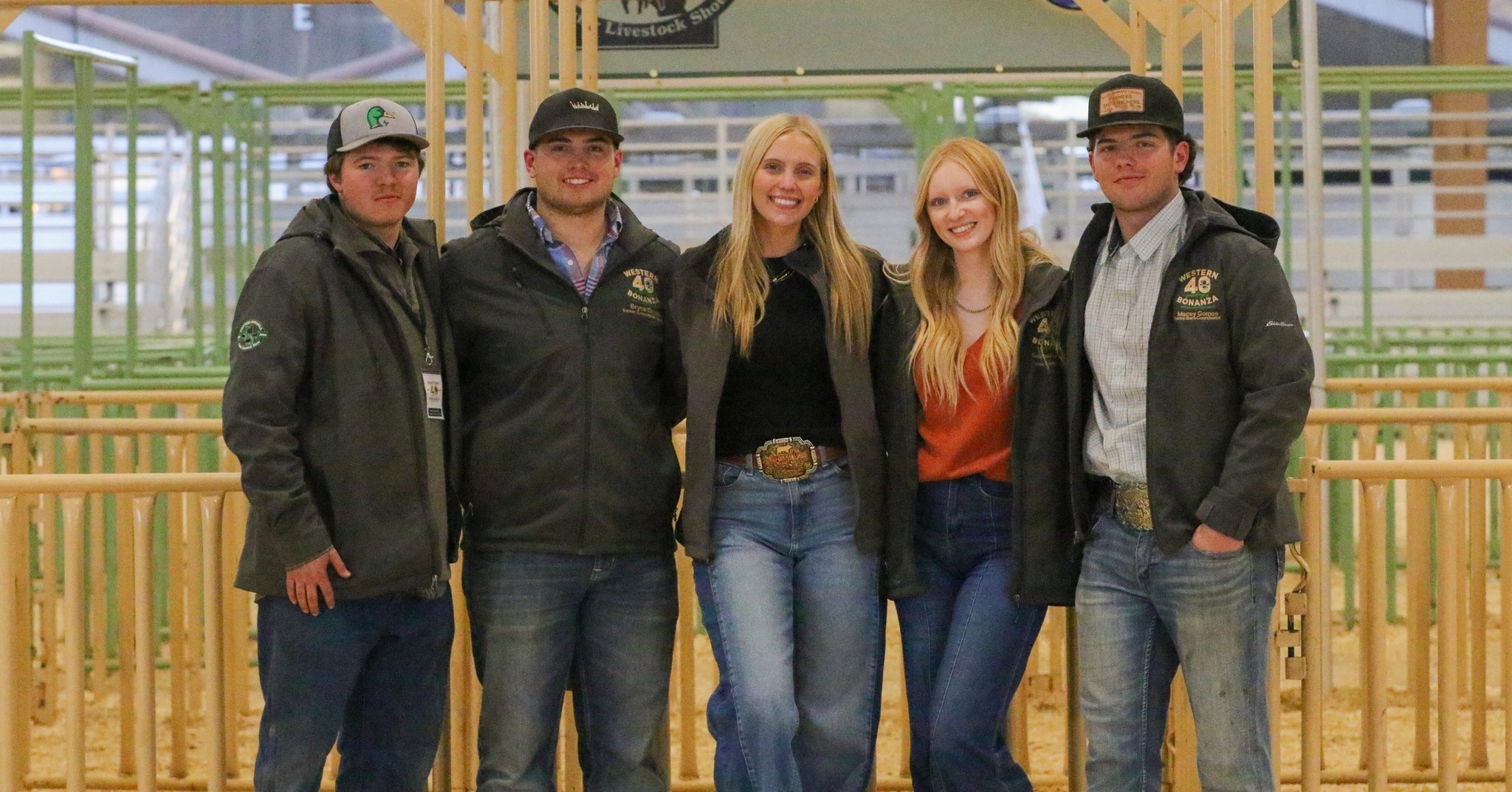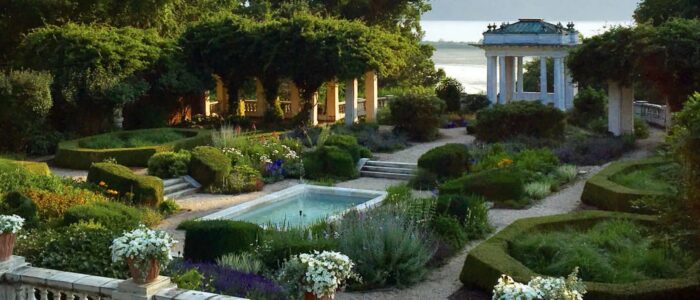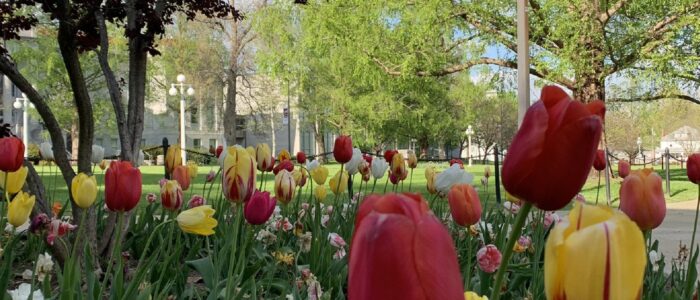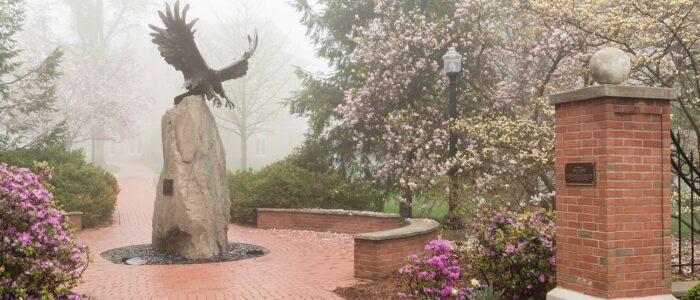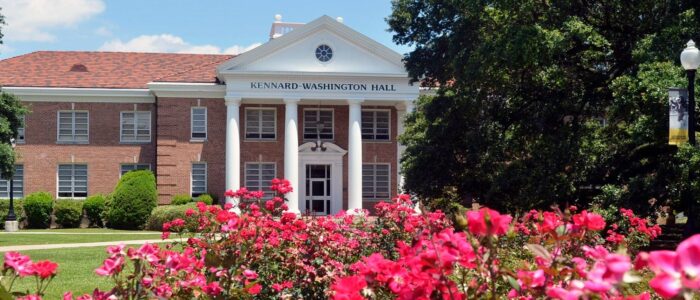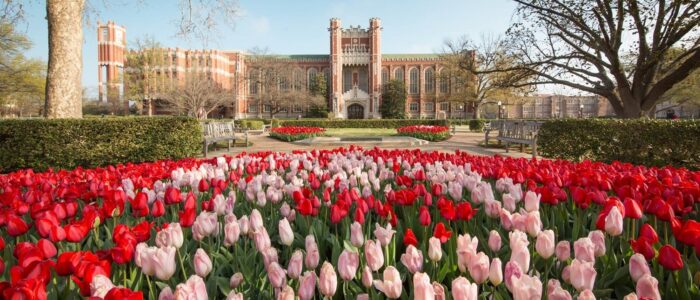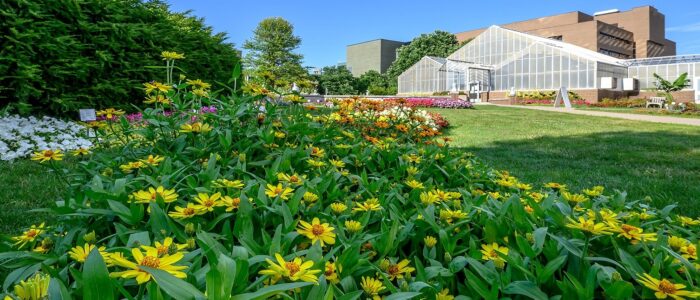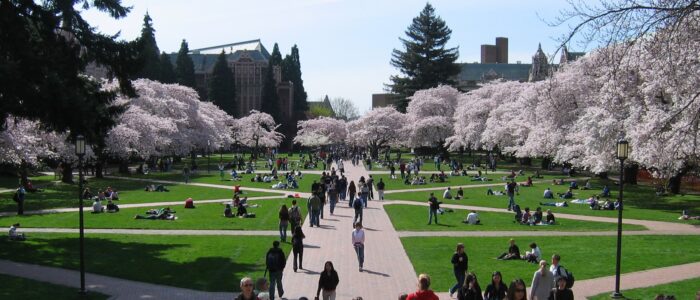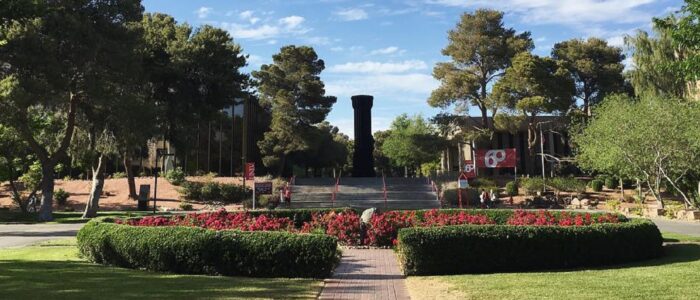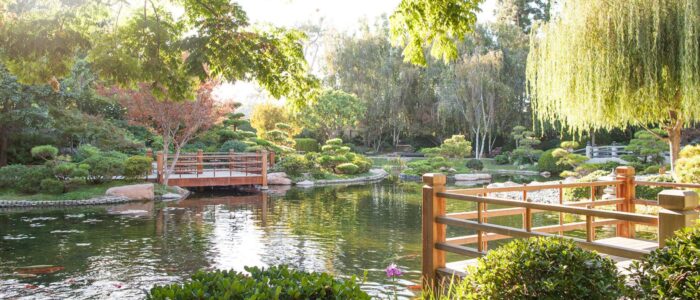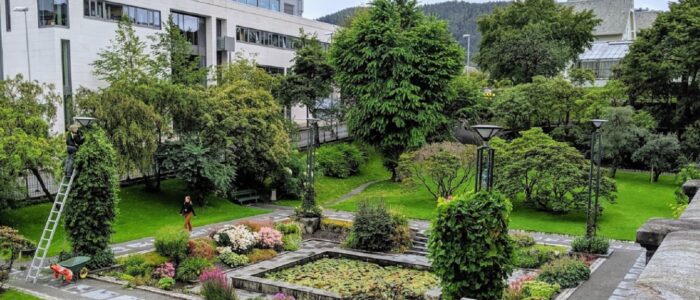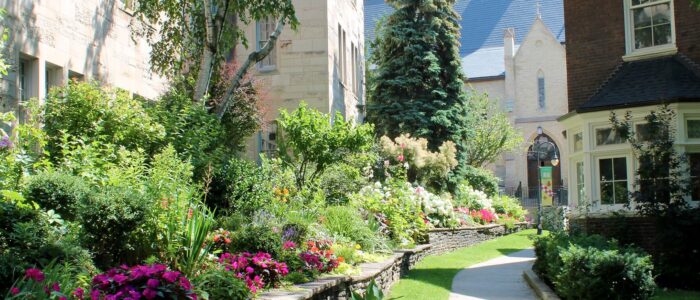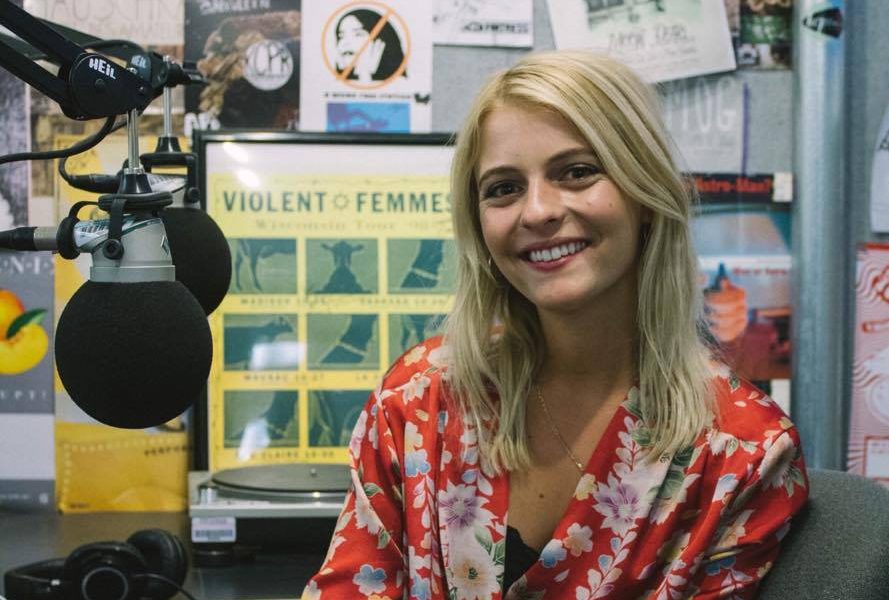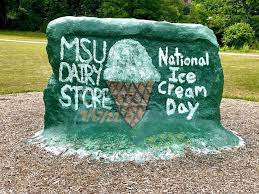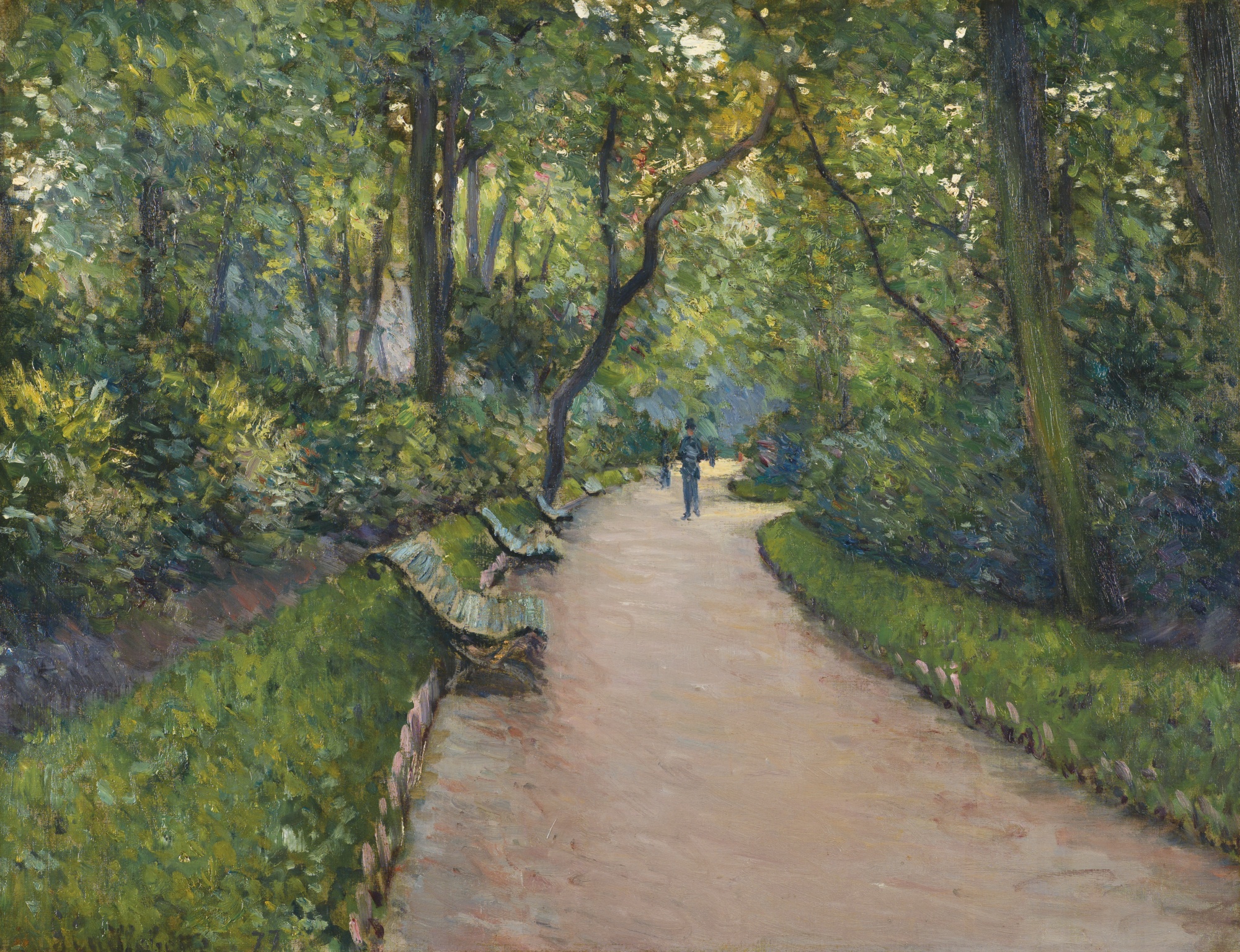
“Le Parc Moncea” 1848 Gustave Caillebotte
The education industry in the United States is steward to large tranches of land assets; either through the Morrill Land Grant Act or municipal set-asides for public schools. In terms of square footage, the spaces between buildings far exceeds the square footage of the built environment — and the locus of public interest and environmental regulation. All of that square footage — usually measured in hundreds and thousands of hectares and acres — requires consideration of the competing interests of many stakeholders.
We display the accomplishments of employees devoted to the landscaping and gardening of educational organizations in a dedicated post:
Gardens and Arboretums
Landscape and garden assets have their own set of construction and maintenance tools, many of which are continually improved by global equipment manufacturers, and fall within the scope of Subcommittee 13 under parent Technical Committee 23 Tractors and machinery for agriculture and forestry administered by the Association Française de Normalisation; the French national member body to the International Organization for Standardization.

CLICK ON IMAGE

The Outdoor Power Equipment Institute (OPEI) is ANSI’s US Technical Advisory Group administrator and the Global Secretariat for ISO TC/23/SC 13. The work program for Subcommittee 13 is linked below:
ISO/TC 23/SC 13 / Powered lawn and garden equipment
Note product standards cover many equipment classes and accessories for engine powered lawn movers, snow blowers, gardening machinery and the like.
ANSI encourages relevant stakeholders to participate in discovering standardization solutions in a broad range of technologies and markets with like-minded experts in other national standards bodies. The full sweep of ANSI’s participation in consensus documents developed by the ISO is described in the link below:
ISO Programs – Overview
We encourage our colleagues in exterior grounds and landscaping units in the education facility industry to participate directly as a User interest in the OPEI standards development process. OPEI Standards Staff Contacts are listed on the OPEI Standards home page linked below:
Product Safety Standards Listing
We review the developmental status of consensus products that set the standard of care for equipment used to maintain pathways, lawns and gardens in education communities. Automation of the maintenance of these spaces is gathering pace; reducing cost and risk. See our CALENDAR for the next online meeting; open to everyone.

Issue: [18-155]
Category: Facility Asset Management, Grounds and Landscaping, International
Colleagues: Mike Anthony, Christine Fischer, Jack Janveja, Richard Robben



